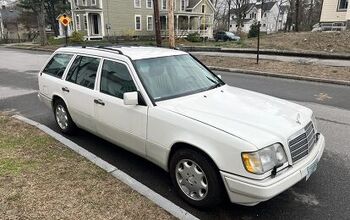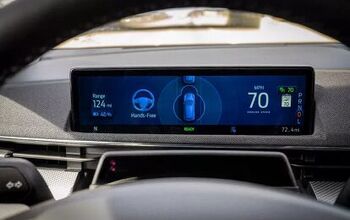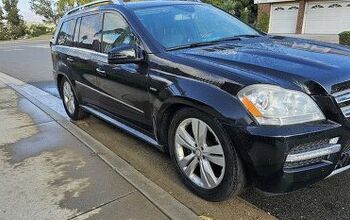Credits For Dangerous Refrigerant Is The Latest In CAFE Loophole
Remember R1234yf – the replacement refrigerant for R134a that can be potentially fatal, rather than just harmful to the environment? After a protracted battle between Mercedes-Benz and the EU over the use of the new refrigerant, which is flammable and extremely toxic, the adoption of R1234yf appears to be in full swing.
A report in Automotive News claims that the adoption of R1234yf will leave auto makers eligible for CAFE credits. As many as 500,000 vehicles in US showrooms have adopted R1234yf, including the Honda Fit EV, Cadillac XTS and Jeep Cherokee. The switch was prompted by concerns over greenhouse gases, as R134a is some 1,430 times more potent at trapping heat in the atmosphere than carbon dioxide. 1234yf is also much more expensive, at roughly ten times the cost of R134a.
Despite the health and safety concerns regarding R1234yf, the relentless drive to switch over to it seems to be driven by a policy of putting the environment before people, no matter what the consequences may be. W hile the EU has resorted to legal action against non-compliant auto makers, the EPA has offered credits to auto makers that switch over to the new substance to help them meet CAFE requirements, adding yet another layer of complexity to a framework riddled with loopholes and unfortunate incentives.
Automakers like Mercedes-Benz are eager to switch over to CO2 as the new standard for refrigerants, but that would require higher-pressure HVAC systems in car, which would in turn have a negative impact on fuel economy.
More by Derek Kreindler


































Comments
Join the conversation
It's a pity that car a/c designs haven't come up with the air cycle machine used in aircraft. No refrigerants' just turbines, compressors mixer valves and heat exchangers. With the production of micro turbines and lightweight aluminium alloys, the only thing would be the initial costs. But it's safe for the environment, no nasty gases, no green house gases. Think of the children!
As usual, follow the money...
Here is a link from Honeywell for the R1234yf. It appears relatively easy and safe to use if you follow the precautions and wear the applicable PPE (Personal Protective Equipment). I don't know if some here have ever worked with MSDS now SDS (Material Safety Data Sheets). I have to use these quite often to assess hazards and the associated risks for my guys at work. If anyone comes across a chemical they are unfamiliar with just google the name of the chemical followed by MSDS. This could reduce the risk of injury from lack of knowledge. In the case of this refrigerant I typed "R1234yf MSDS" into google. http://msds-resource.honeywell.com/ehswww/hon/result/result_single.jsp?P_LANGU=E&P_SYS=1&C001=MSDS&C997=C100%3BE%2BC101%3BSDS_US%2BC102%3BUS%2B1000&C100=*&C101=*&C102=*&C005=000000011078&C008=&C006=HON&C013=+
Who is to argue with that? If Honeywell says it's safe than it most be so. They would have no reason to be less than truthful would they?